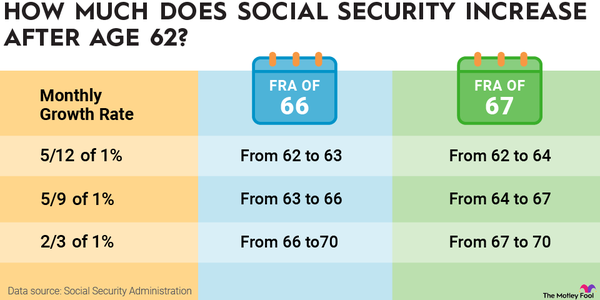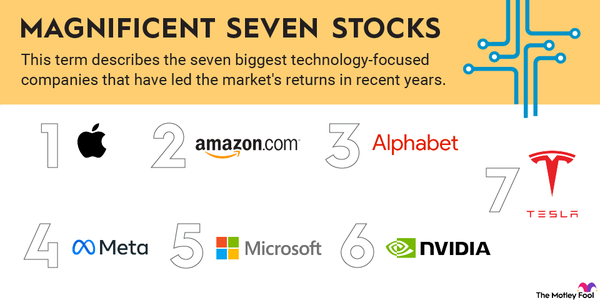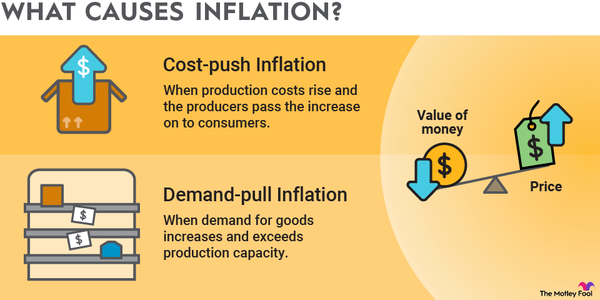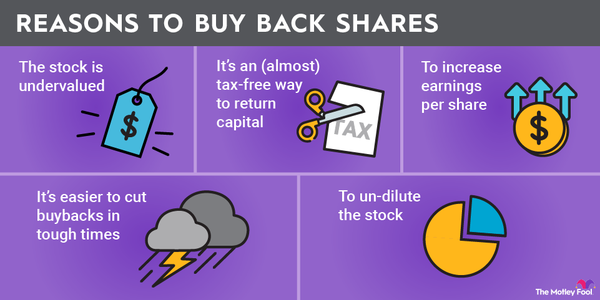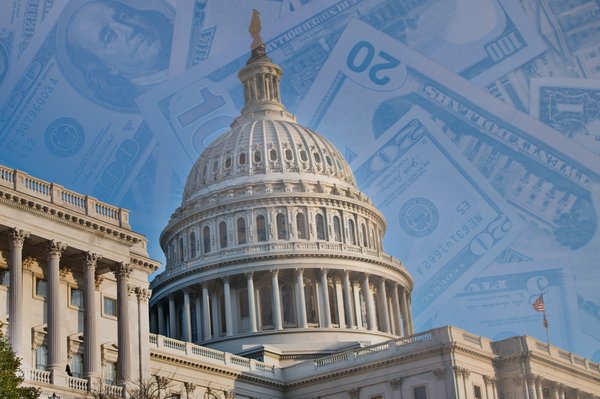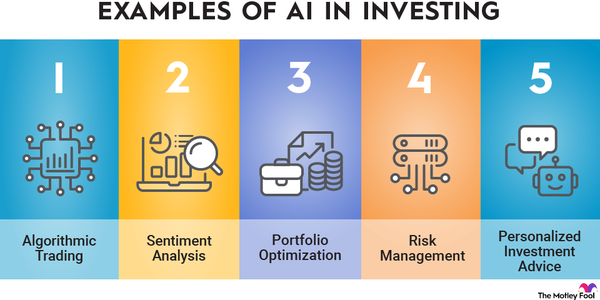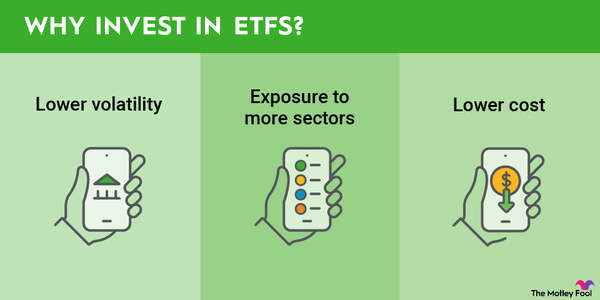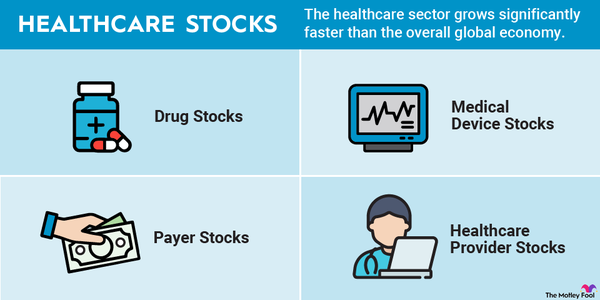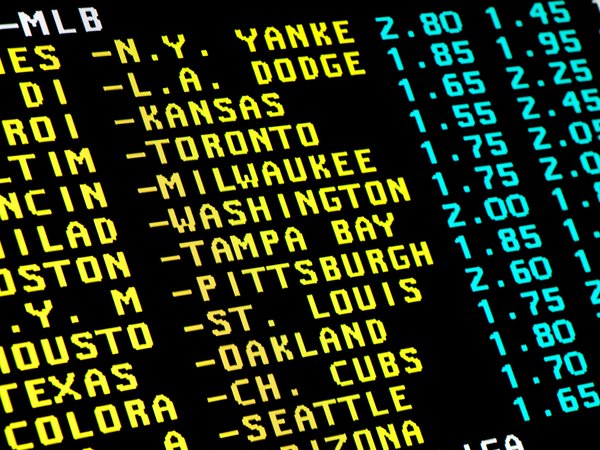
Sports betting is now legal in 38 states plus the District of Columbia, with states raking in $9.3 billion in tax revenue since the Supreme Court ruled in 2018 that states could legalize sports betting.
Sports betting companies now handle nearly $150 billion in wagers annually, according to SportsHandle.com, and Americans projecting to bet a record $30 billion in the NFL season, according to the American Gaming Association. In response, some states are have added or are considering new taxes on sports betting revenue.
In June, Illinois imposed a per bet tax, 25-cents on the first 20 million bets and a 50-cents on wagers after that. In response, FanDuel responded with a 50-cent surcharge on all wagers and DraftKings (NASDAQ:DKNG) has signaled it may follow suit. Analysts suggest the new tax could eat into earnings for sports betting companies, but if the Illinois tax proves successful in adding to its coffers other states may follow suit with their own. Similar taxes are under consideration in New Jersey, Maryland, Massachusetts, Michigan, and Pennsylvania.
Read on for a breakdown of sports betting tax revenue by state and where gamblers are wagering the most.
Sports betting tax revenue by state
Sports betting tax revenue by state
New York has accumulated the most tax revenue from sports betting, some $3.3 billion since June 2019.
Sportsbooks have also generated the most revenue from gamblers in New York, $6.4 billion since legalization.
New Jersey has the largest disparity between sportsbook revenue and state tax revenue. The Garden State has collected just $657 million off of $5.1 billion in gross sportsbook revenue since June 2018, when sports betting was legalized.
South Dakota has generated the least revenue from sports gambling, just $304,218. That’s because sports betting can only occur at seven casinos in the state, those in Deadwood and at tribal casinos, significantly limiting opportunities to gamble.
Sports betting return vs. investing or saving
Is it better to bet on sports, invest, or save?
Based on the numbers during football season, the average NFL bettor losses between 8% to 9% of what they wager. That translates to a $133 to $209 loss per bettor depending on the year. Even with big games and high stakes, sportsbooks consistently come out ahead and most individual bettors finish with less than they put in.
By comparison, putting that same money into a high-yield savings account or the stock market would have delivered steady gains. High-yield savings accounts offer modest but safe and predictable returns of between 0.4% and 2.7% over the NFL season, depending on the year while the S&P 500 delivered anywhere from 1% to 12% gains, again depending on the year.
| NFL season | Average Bettor Return | Average Bettor Dollar Return | HYSA Return | S&P 500 Return |
|---|---|---|---|---|
| 2024 Season | -8% | -$209 | 2.7% | 6% |
| 2023 Season | -9% | -$186 | 2.5% | 12% |
| 2022 Season | -9% | -$133 | 0.4% | 1% |
The takeaway: sports betting might be thrilling but isn’t a reliable path to building wealth. Saving or investing offers small but reliable gains most years. Over multiple seasons, the difference compounds, highlighting how low-risk options like saving or investing beats betting in the long run.
Investing in sports betting companies
Cashing in on the sports betting boom
Sports betting is now a mainstay, with ads in legal states hard to miss and odds being discussed on sports media every day. North Carolina is the latest state to legalize sports betting, with sportsbooks going live in March 2024.
The value of sports betting handle -- the amount of money gambled -- grew from $4.6 billion in 2018 to $149 billion in 2024, an astonishing rate that reflects America’s interest in wagering on sports.
Competition for revenue from those wagers is fierce between longtime gambling stalwarts, such as MGM Resorts (NYSE:MGM) and Caesars Entertainment (NASDAQ:CZR), and relative newcomers focused on sports betting, such as DraftKings, and FanDuel, which is owned by Flutter Entertainment (LON:FLTR) (OTCMKTS:PDYP.Y).
Revenue from sports betting, however, is just a fraction of what’s wagered. In 2024, companies managed to pull in 8.7% of the $149 billion wagered, or roughly $13 billion.
That equation hasn’t changed significantly since 2018, when sports betting revenue was 7.2% of what was wagered that year. While sports betting companies are making more based on the growing amount wagered, they have somewhat struggled to grow their revenue as a percentage of the handle.
If you’re looking to invest in the industry, The Motley Fool has seven ideas to get you started investing in sports betting stocks. With sports betting legal in more than half the states in the U.S., it’s an industry many are willing to wager on.
Methodology
Average bettor returns for each NFL season were calculated using monthly sportsbook data on handle and gross gaming revenue (GGR) win rates from Sportshandle.com. For each season, a weighted average GGR win rate was calculated from September through February, then inverted to show the average bettor ROI as a percentage of wagers. Dollar losses per bettor were calculated by distributing total sportsbook revenue across the estimated population of sports bettors, 15% based on data from SBRnet.
High-yield savings account (HYSA) returns were estimated using peak annual percentage yields for the relevant year, compounded over six months. S&P 500 returns were calculated as the percentage change in the index from September open to the last trading day in February, and reflect price-only returns.
Sources
- Sportshandle.com (2025). “Legal US Sports Betting Revenue, Handle And Tax Totals Since PASPA Repeal.”
- State tax and gaming agencies.







